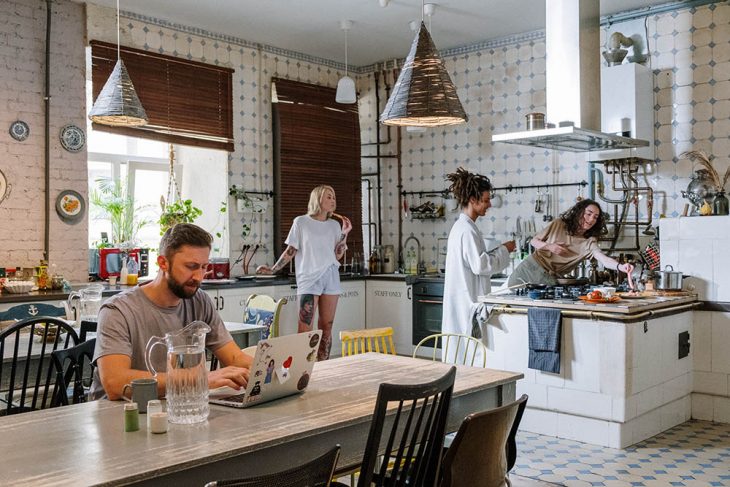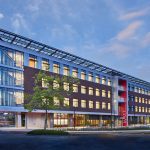
For a myriad of reasons, many Americans have lost their sense of community. The past 18 months have accelerated this phenomenon and now the New York Times has noted the widespread nature of this feeling. Architecture can have a lot of influence in bringing back a sense of community and shared space; indeed, in the new normal, it might be just what’s needed to help the average US community become connected once again. A few key projects are showing just how this can be achieved.
Resilience through sharing
Every American loves the privacy of their home, but there’s a lot to be gained from sharing resources. At the most basic level, this can include seating and eating areas within communities that are open to everybody. The Washington Post highlights the work of pioneering eco-architects Andrés Duany and Elizabeth Plater-Zyberk, who created such a project in Coney Island that tied in art, environmentalism and communal living. Fair warning: for the 73.9 million Americans who live in homeowners associations and cooperatives, it will be important to refer to their HOA management company beforehand – both to check the rules, and to see what help can be given: an HOA in South Carolina, for example, may have very different rules to one in New York.

Building resources
This type of resilience can be built into heating systems, and can vastly reduce maintenance costs and energy consumption. A study published in the Journal of Energy found that communal heating systems cut emissions by up to 29% while also reducing maintenance load. It can also be a great architectural feature; a central site upon which to design and enjoy. In some communities, residual heat from communal heating facilities has been used to generate grasslands and other natural features.

Long-term change
For new developments, architects can look to Tierra Linda, Chicago. Highlighted as a barrier against gentrification, the cutting-edge design of these ‘passive homes’ – where, by design, they are carbon neutral – brings together communal living and resilience. In impoverished communities, these developments are also doing something crucial by helping to lower poverty and lift families out of poor situations.
Communal living is something that might feel a little far away from modern American life. Across the world, it never stopped. Bringing in communal living and resilience lessons and applying them to new developments will help the USA to re-spark it’s sense of communal living and community resilience.



